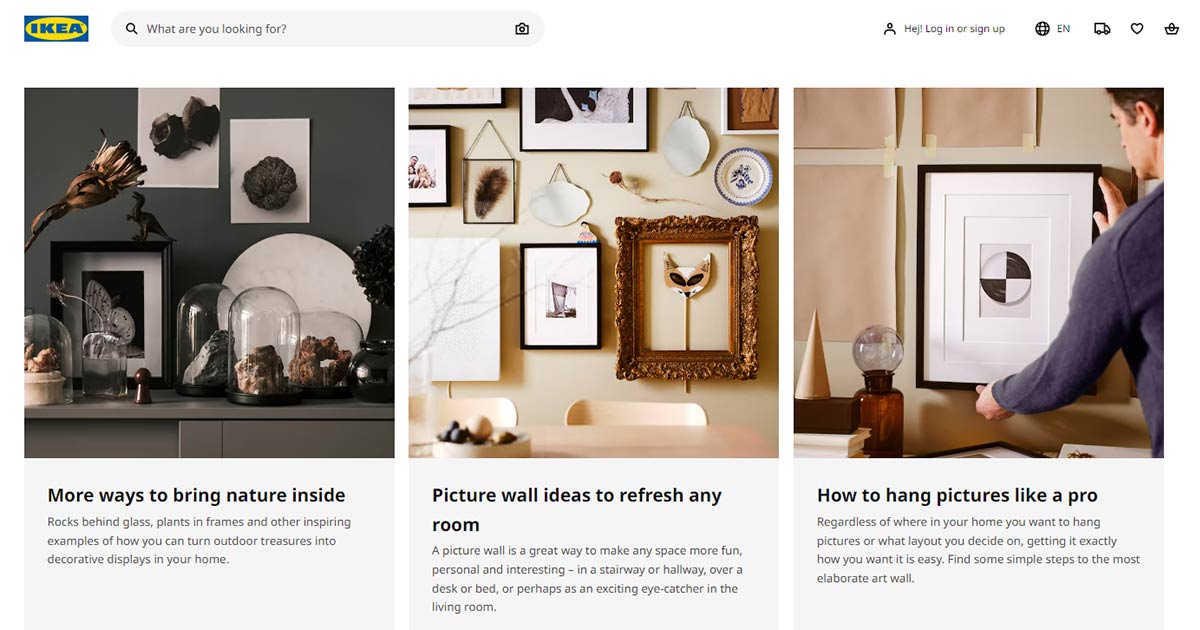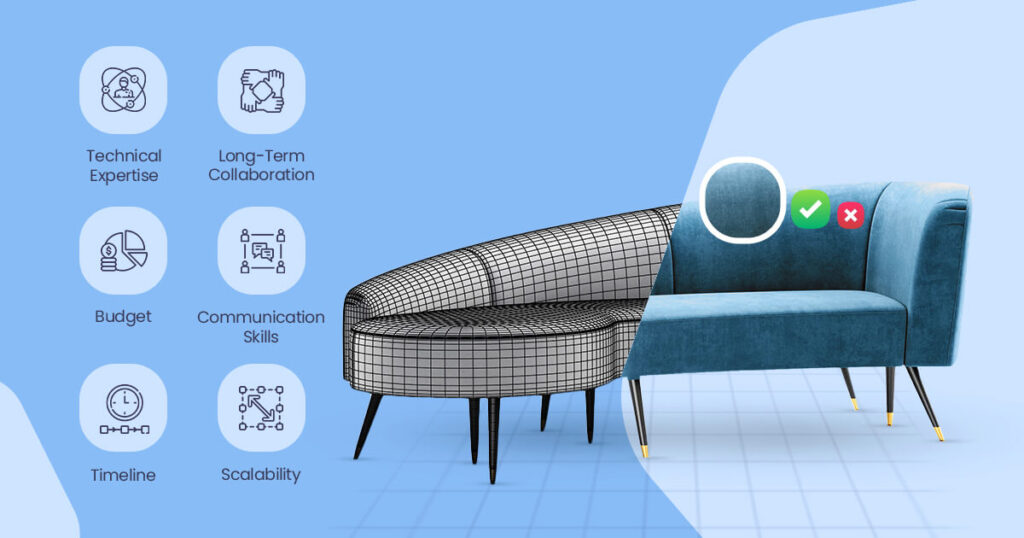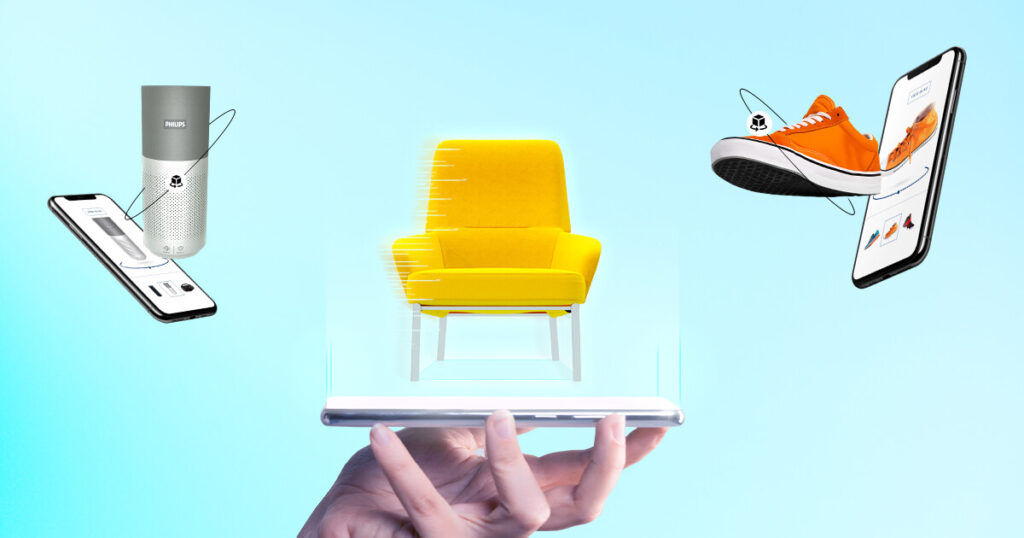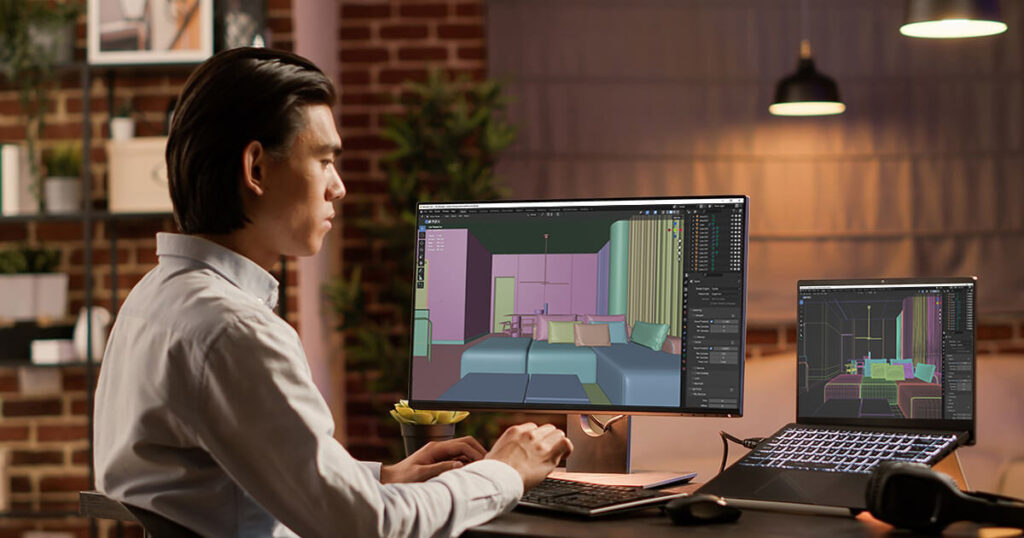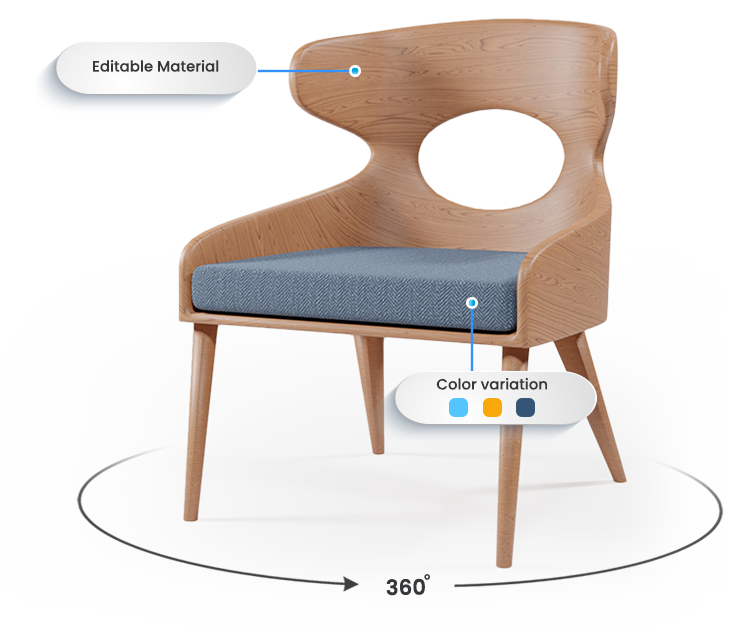Brand extension is simply adding another part to an existing popular book. You don’t make a new storyline; rather, you increase it with other products or services related to that continuing story. For example, a well-branded shoe company extends its line to include clothing, and that’s a brand.
In the furniture business, the concept of product extension can entirely change the market world. It aids the company in attracting new customers, boosting sales, as well as improving the credibility of the brand. Tackling the problem of client variety in form by offering a wider range of goods will help stave off monotony in the competitive market.
What is Brand Extension?
Augmentation extension is a marketing strategy in which an already established brand can name a new product that originates from a very different product type. This strategy is sometimes referred to as brand stretching.
How does it work?
The idea means using the reputation of the brand, the trust of customers, and brand equity in order to help launch the new introduction-ready product. It is equivalent to using the existing brand as a shortcut to introduce a new product.
Types of Brand Extensions
Different product extension types are there; a few of them are listed below:
Line Extension
To launch new products in the same class of products. For instance, a toothpaste brand may come up with a new variant, blanch.
Category Extension
Expanding into a brand-new product category that relates closely to the core product. For example, a shoe company might start selling sports apparel.
By understanding such types of brands, businesses could effectively enhance their offerings and access the consideration of potential markets.
The Best branding Statistics
- The global furniture market is expected to generate revenue of US$770.40 billion in 2024.
- As many as 81% of buyers trust a brand before they can purchase it.
10 Useful Brand Extension Examples to Motivate You
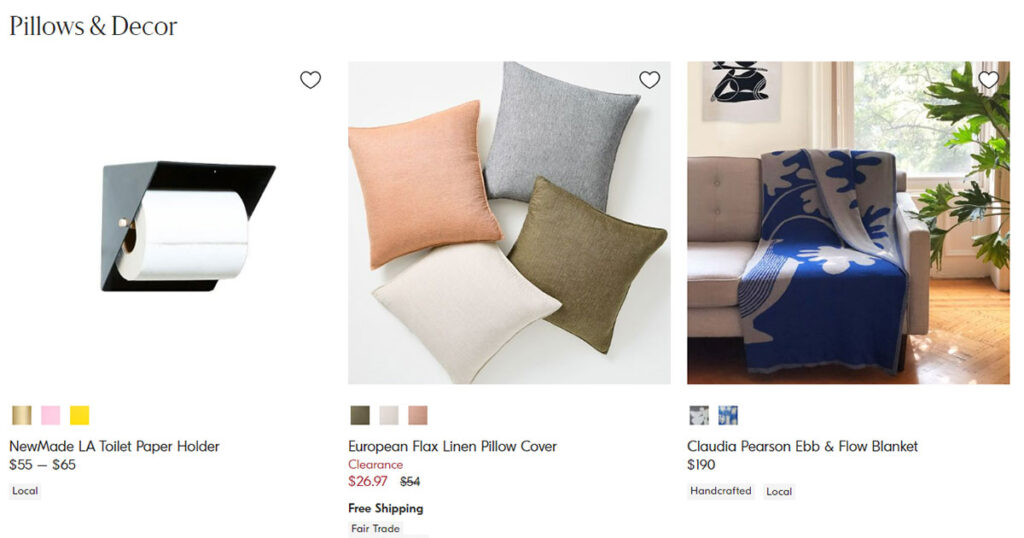
Example 01: IKEA’s Home Accessories
Description
IKEA has a well-built reputation for the production of less expensive and stylish furniture, and it has ventured into the production of home accessories and other related items. Such items include kitchen ware, textiles, and even decorative items. By doing this, IKEA enables clients to shop for everything from tools to furniture in one place.
Impact on Brand Perception and Sales
IKEA’s line of home accessories has not only boosted sales but also altered the perception of the brand. Customers today do not see only official or domestic furniture when they look at IKEA but an entire chipped home. The increasing focus of this appeal has attracted more customers than before, thereby fortifying IKEA’s standing in the market.
Consumer Response and Market Positioning
The customers have welcomed the line of home accessories offered by IKEA. The low-cost pricing of the brand coupled with modern designs is appealing to numerous classes of customers. The successful extension of the IKEA brand has allowed the company to remain relevant as the top home furnishings retailer with an all-encompassing line of products for its customers.
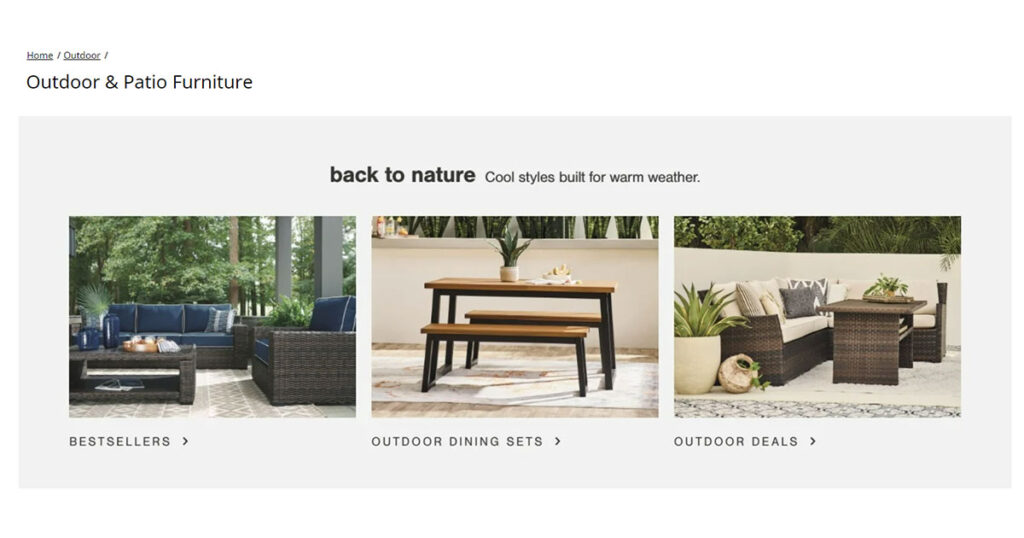
Example 02: West Elm’s Collaboration with Local Artisans
General Description of the Cooperation Project
West Elm, a luxury home furnishings store, has been in the limelight as a result of the incurable habit towards working with local crafts men. The essence of the initiative is to engage skilled craftsmen in the making of bespoke decorative pieces that are in line with the modern look of West Elm.
Advantages to Identity of the Brand and Encouragement of the Community
There are many advantages to West Elm’s partnerships with local craftsmen. To begin with, it reinforces the image of the brand as one that appreciates and encourages workmanship and artistry. Secondly, it creates a community and engagement as it puts attention on the work of skilled craftsmen. West Elm is committed to helping and supporting small businesses and the community through the assistance of local crafts.
Assessment of Consumer Attention and Market Research
Consumers are increasingly willing to buy from local stores and purchase goods that are not mass-produced. There are also reasons why such initiatives resonate well with West Elm’s existing and potential customers—those who appreciate craftsmanship and authenticity. Owing to the nature of the collectibles, which are produced in very few pieces, sometimes even in one piece, West Elm has been able to create an obsession that has further fueled consumer interest.
Example 03: Ashley Furniture’s Outdoor Living Line
Introduction to the Outdoor Furniture Collection
Ashley Furniture, one of the famous furniture selling companies, has diversified its product range to include an outdoor living collection. This collection is inclusive of more than just outdoor furniture pieces such as patio sets or grills and other accessory items.
Justification of the Extension
Ashley Furniture brings a strategic idea to the issue of line extension in the area of outdoor furniture. As the company intends to achieve a full and complete outdoor living experience for the customers, the marketing strategy aims at maximizing the sales during the summer time, which happens to be the warm months. Moreover, there is outdoor furniture extension since most people love to go outside for recreation and even entertain others.
Market Reception and Competitive Advantage
Many customers have embraced Ashley Furniture’s outdoor collection line. Affordable prices, quality manufacturing and stylish build designs for the brand have seen the outdoor furniture market become such a comprehensive brand. By offering a wide variety of products to the market, Ashley Furniture has grown into a retail outlet for the people wishing to furnish their outdoors.
Example 04: Pottery Barn’s Kids and Teen Collections
Description of the Target Market
In the first instance, Pottery Barn is a market leader when it comes to home furnishing solutions. Its successful foray into the kids and teens segment is commendable. The two segments—young consumers and their parents—can be easily reached through the introduction of lines that are developed painstakingly targeting these age groups.
Congruity of Brands and Customer Base Retention
In terms of design, decor, product quality, and everything else, the children and teen divisions of Pottery Barn are in line with the entire brand. This amount not only guarantees the loyalty of the present customers but also the collection of new ones. Since some of the items used in the children’s room collection are also found in the adult line of Pottery Barn, the company is able to market a stylishly tailored modern home for its customers.
Trends in Revenue Generation and Market Share
The Pottery Barn kids and teens lines have also been a significant factor that enhanced the overall performance of the brand. Moreover, these collections have helped strengthen the market position of Pottery Barn in the home furnishings industry among young families with small kids and also teenagers. Achievements of this collection show that there is potential for brand growth and diversification.
Example 05: Crate & Barrel’s Kitchenware and Dining Products
The Range of Products Available
Crate & Barrel, one of the most respected home equipment stores, managed to widen its product offering with many types of kitchenware and dining supplies, including, but not limited to, cookware, tableware, glassware, and appliances.
Synergy with the Structure Made Present
Crate & Barrel offers a comprehensive range of home furnishings, including kitchenware and dining items, which complement the company’s existing furniture collections. This allows the firm to improve its offering with enhanced pictures of well-furnished and appropriately dressed recreational areas such as restaurants, eating and dining configurations, as well as cooking areas with all the firm’s furnishings and other equipment.
Use of Feedback from the Consumers and the Growth of the Brand
The feedback of consumers who have used Crate & Barrel’s kitchenware and dining products reveal most of their polite appreciation of the quality, design and functionality of the brand. When Crate & Barrel introduced additional products, it improved its corporate identity and became one of the largest retailers of home wares.
Example 06: La-Z-Boy’s Home Décor Accessories
The Progression of the Brand’s Business into Décor
There is a reputation of La-Z-Boy as a producer of comfy reclining seats; however, the company has managed to move its brand into home décor accessories. There are throw pillows, blankets and rugs, among other things.
Effect on the Brand Image and Customer Experience
La-Z-Boy’s expansion to home décor has also increased its brand equity as it has been able to position itself as an all-around home furnishings store. Since the company will be able to add more items to the performance, it can enhance the satisfaction of the customers by enriching the total performance.
Study about the Increase of Sales and Market Positioning Strategies
La-Z-Boy home décor accessories have made remarkable sale increases and have aided the enhancement of the brand’s towering position in the market. La-Z-Boy has expanded revenue by filling the market with attractive home furniture and has cemented its presence in the market.
Example 07: CB2’s Sustainable Furniture Line
Overview of the Green Movement
The stakeholders are more concerned due to the increased ability to access information easily and at very low costs. To overcome this challenge, to begin with, there is a need to design a marketing plan that has sustainability as an integral part of the core operational components of the business.
Integration of Market Trends and Consumers Behavior
CB2 Michelin Guide does not only target its users with regard to age or gender. But gender inclusive social duty makes sure the created sustainable green products are able to reach everyone. Stated differently, given the growing trend among people to embrace sustainability. Many people have been searching for those brands and businesses that practice such principles.
Market Response and Brand Differentiation
Coconino’s sustainable furnishing range has attracted many customers for the simple reason that they like the fact that the brand is sustainable and ethical in addressing societal issues. Despite this, it has more like created the means of integrating green products with the current ones to capture the additional markets.
Example 08: Wayfair’s Private Label Brands
Synopsis of the Strategy of Private Labels
Wayfair, one of the giant e-commerce retailers, has adopted the private label strategy and has several products with its own brand names. The application of this strategy gives Wayfair an upper hand in any product management as he/she can design, manufacture, and sell the product without any external interference.
Improvement of Brand Equity and Loyalty of Customers
The private label brands of Wayfair have a number of advantages. Firstly, they build up brand equity because the customers are provided with different products that are only available in their stores. Secondly, the private labels can also help in keeping the consumers by value-adding products that are meant for a very narrow segment of the market
Evaluation of the Achievement of Business Goals and its Competition
In the view of the company, Wayfarer’s private label brands have greatly enhanced the market performance of the firm. They have appealed to a large section of clients and claimed a strong market position by selling numerous products at low prices. However, the competition is cutthroat within this private label market, and thanks to the quality, value, and customer satisfaction that Wayfair emphasizes, this company has been able to stay above the competition.
Example 09: Walmart’s Entry into Premium Furniture
“Save Money, Live Better,” the slogan of Walmart, which existed for many years, was coined because the stores had cheap available options. Cheap no longer seems to be the overriding concept as they include high-end pieces of furniture. This is a major shift given that the perception of Walmart has always been that of a low-cost retailer.
In order to enter the market of stores that offer a high-end range of furniture, Walmart has employed two strategies. First of all, the prices have remained low, although the quality of the furnishings is high. Secondly, they have to make the furnishings of good quality. It has to be durable, attractive, and pleasant to use.
Because of these, Walmart has managed to gain a relatively new market of customers who wish to buy stylish furniture at reasonable prices.
Example 10: Restoration Hardware’s Lifestyle Brand
Restoration Hardware has successfully transformed from a company that merely offers functional furniture to a leading brand in its own right. The addition of textiles, lighting, and decor products to the already complex range offered aims to provide a very immersive shopping experience for the customers.
This new access has done wonders in increasing the value of Restoration Hardware’s brand. Many people now view the brand as a one-stop shop for stylish furniture as well as a provider of solutions for furnishing an entire home. As such, it becomes necessary for Restoration Hardware to build more product lines in order to better serve its customers and line its position as a luxury home furnishing giant.
Conclusion
To conclude, the case of IKEA, West Elm, and Pottery Barn illustrates the impact of brand extension on the furniture sector. Each brand, in turn, has created new product lines that coincide with their core brand but target a distinct customer need. This operational approach helps improve the brand image and increase the product sales.
Family branding is important because it helps reposition the business in relation to its competition. While such opportunities might have been hard to find in the past, opportunities abound for furniture brands as consumers become more and more interested in green and differentiated offerings. These are opportunities that allow the brands to gain trust from their consumers and increase their presence in the industry, thus helping them survive in such an ever-changing industry.
FAQ:
What Effects Does a Brand Extension Have on the Furniture Brand’s Value?
By launching new products, a brand can improve the value of a furniture brand. This means selecting more customers, increasing turnover, and enhancing awareness of the brand. But poor extensions can damage the image.
Why Do Some Extensions of a Furniture Brand Fail?
A number of furniture line extensions do not succeed in the market due to various reasons: poor strategic fit, low quality of its products, and/or order of the existing parent brand. In the event that the new costs are lower than what the consumers expect, it would adversely hurt the brand competency.
How Can Furniture Brands Expand into the Home Decor Market?
In order to capture the home decor market, furniture companies may offer additional items such as carpets, decorative lights, and pictures on the walls. Additionally, they can work together with designers and implement 3D technologies in order to sell lifestyle collections.
How Do Furniture Brands Use Brand Extensions to Enter New Markets?
Furniture brands implement line extensions to explore new product markets, thereby developing items beyond their regular products. As in the cases of home cookies or office furnishings. This is beneficial in helping win over new clientele, increasing coverage, and developing the markets.
What Are the Top Advantages of Brand Stretch in the Furniture Industry?
In the context of the furniture business, the primary advantages of brand extension are customer hold, tapping into additional sources of profit, and increased brand awareness. It enables brands to attract different consumers and broaden the range of their products in a proper manner.

